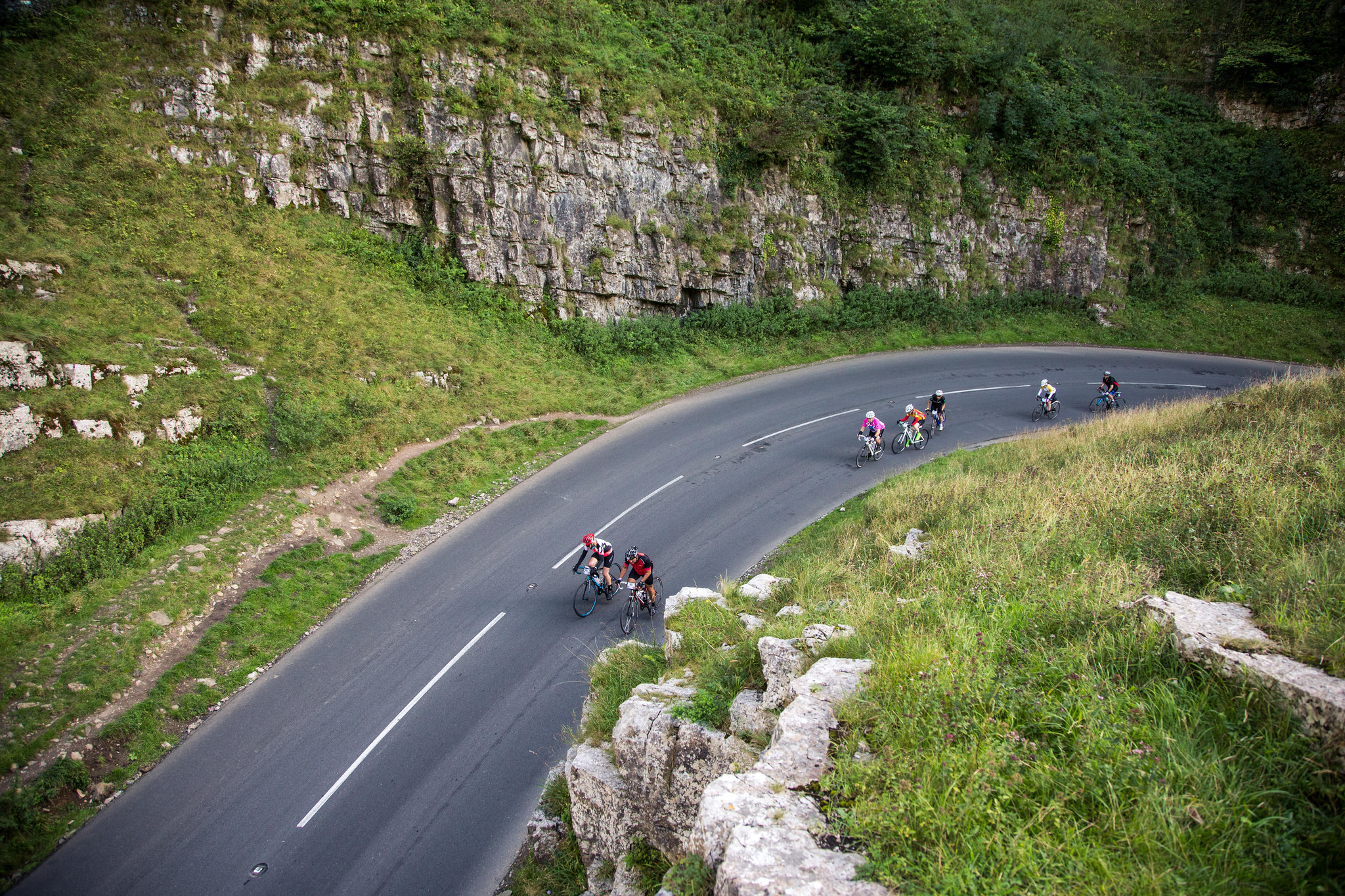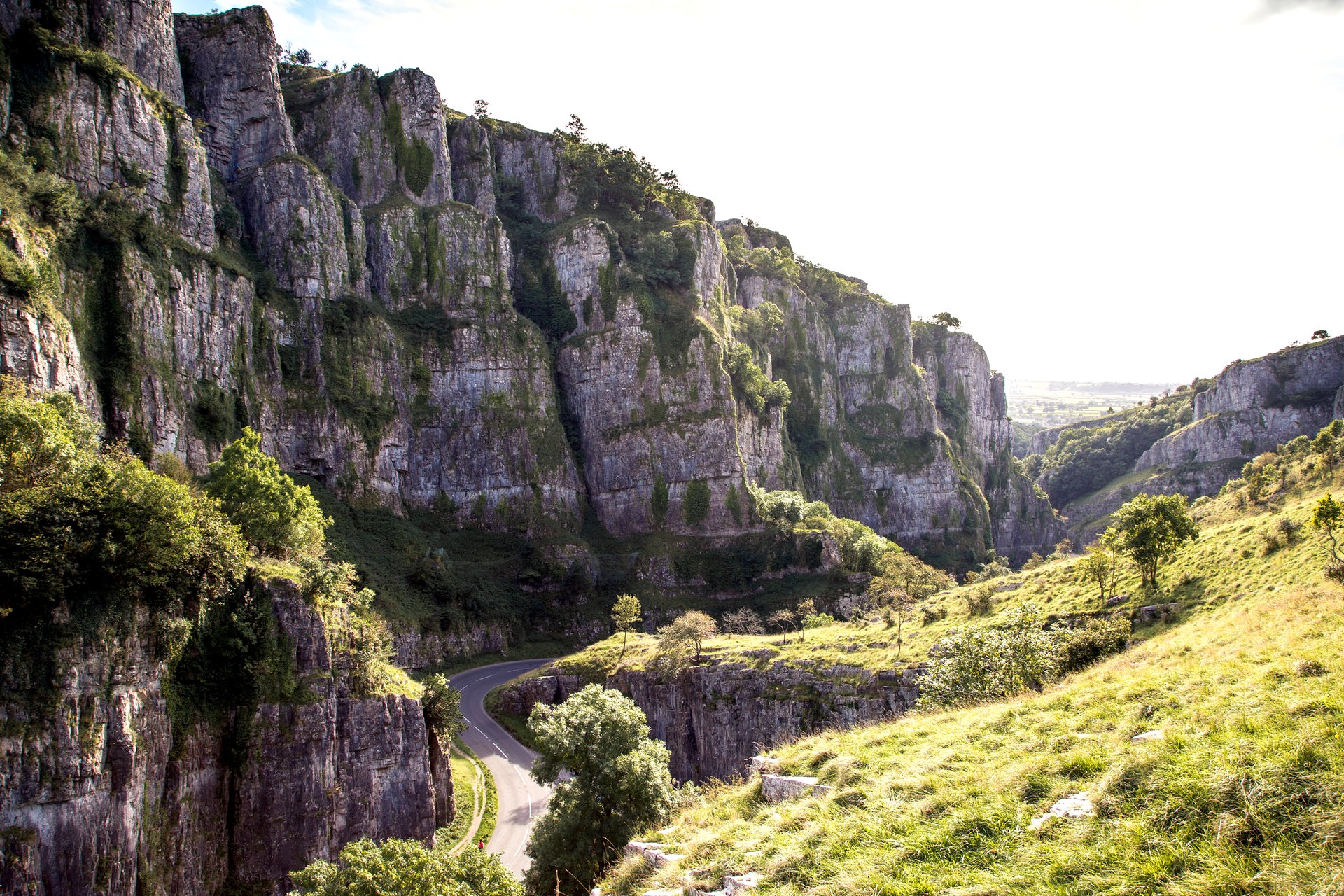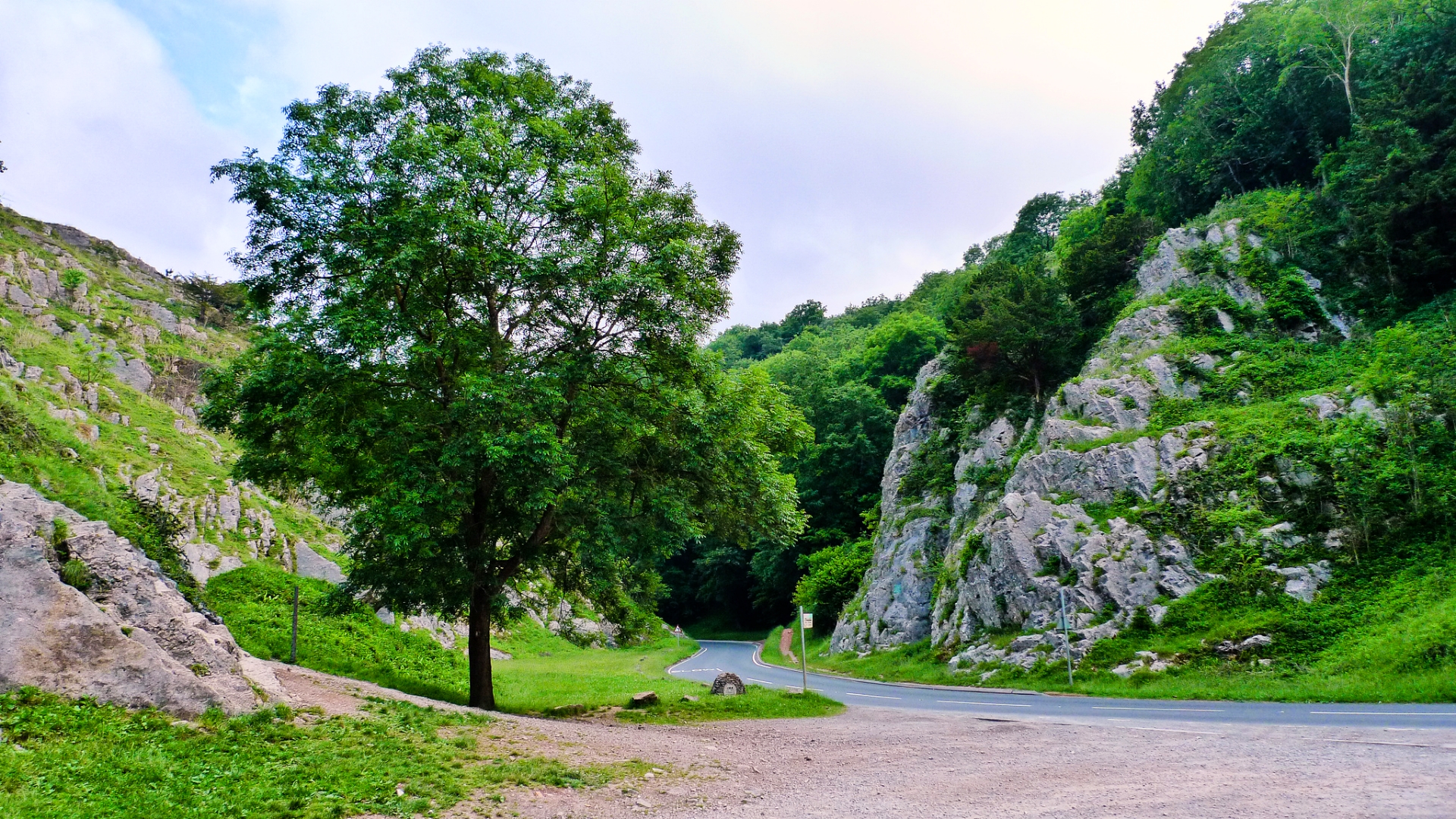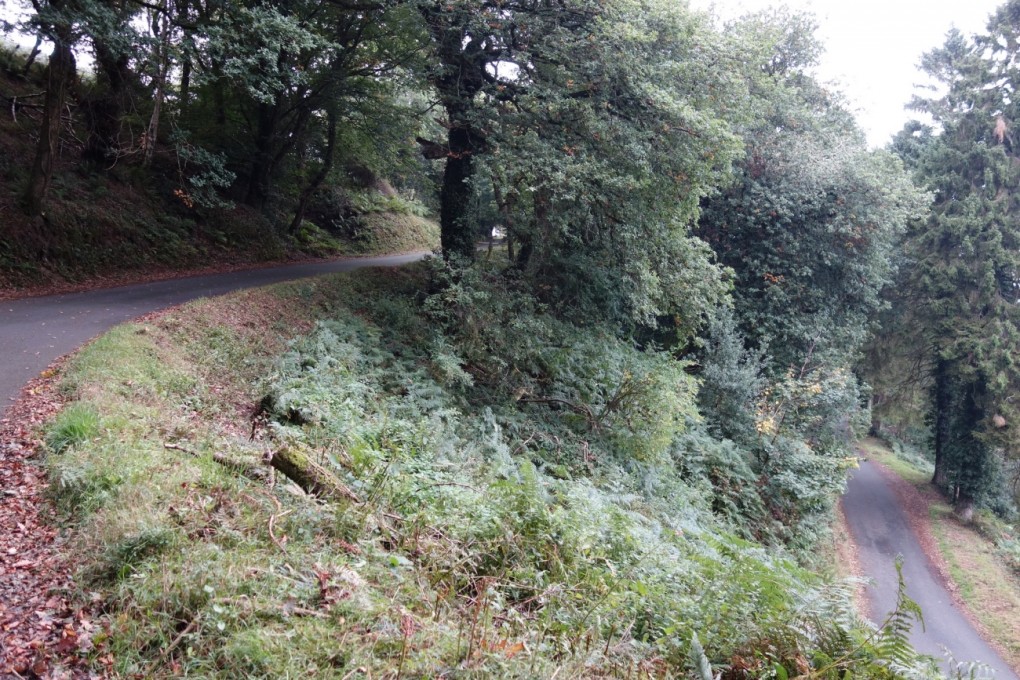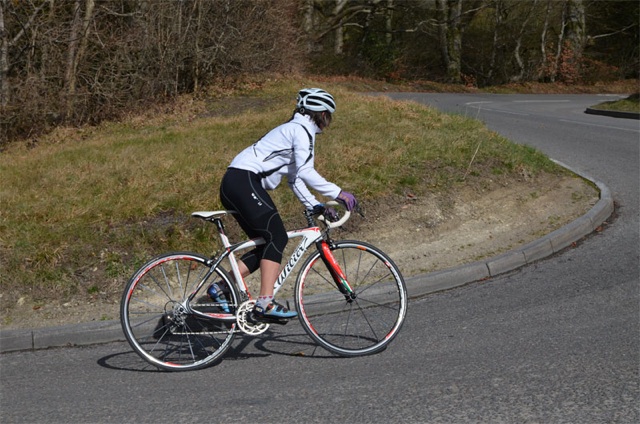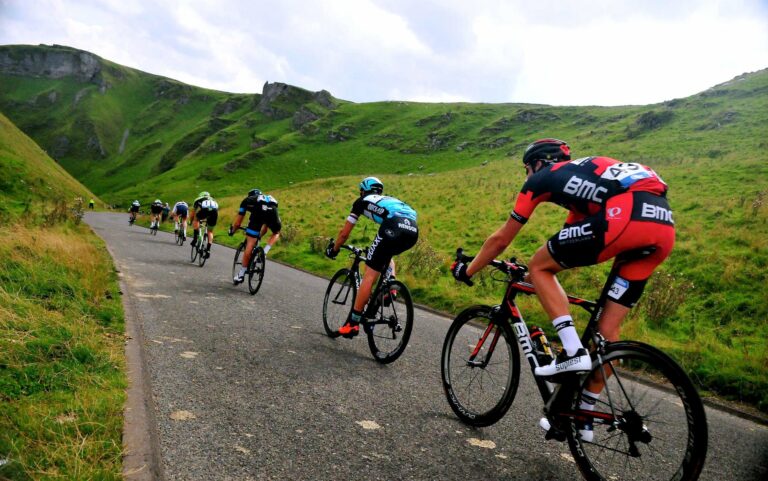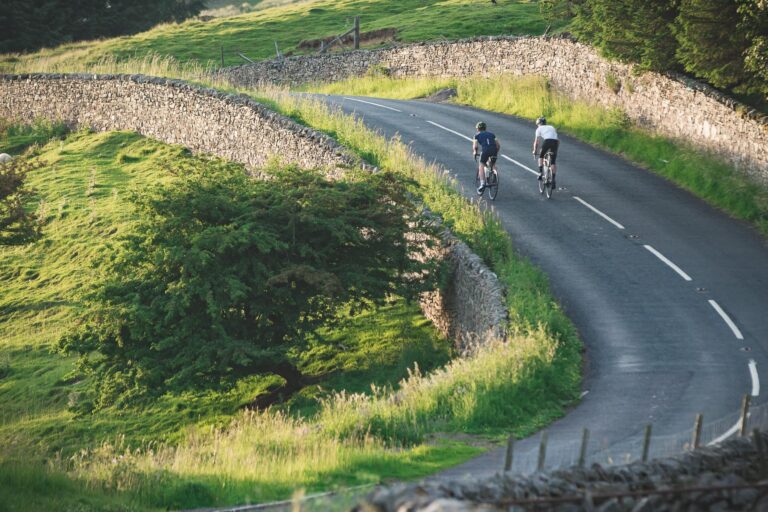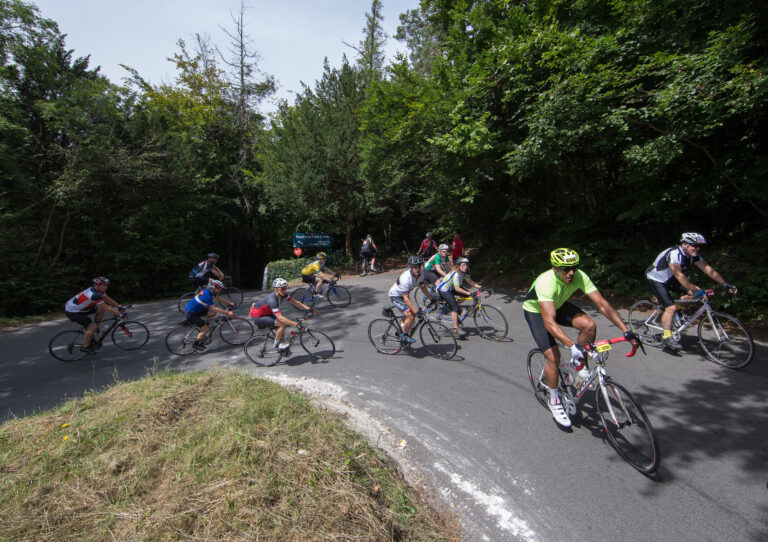The south west of England is home to some of the toughest terrain the UK has to offer, with the Mendips, Quantocks and Blackdowns all featuring multiple climbs worthy of inclusion in a ‘top ten’ list. In fact, we could name at least 20 meriting a place in such a round-up.
Most of the climbs in our list are based in Somerset – and that’s in spite of the Somerset Levels (and area of coastal plains running south from the Mendips to the Blackdown Hills) taking a large proportion of the real estate in Somerset.
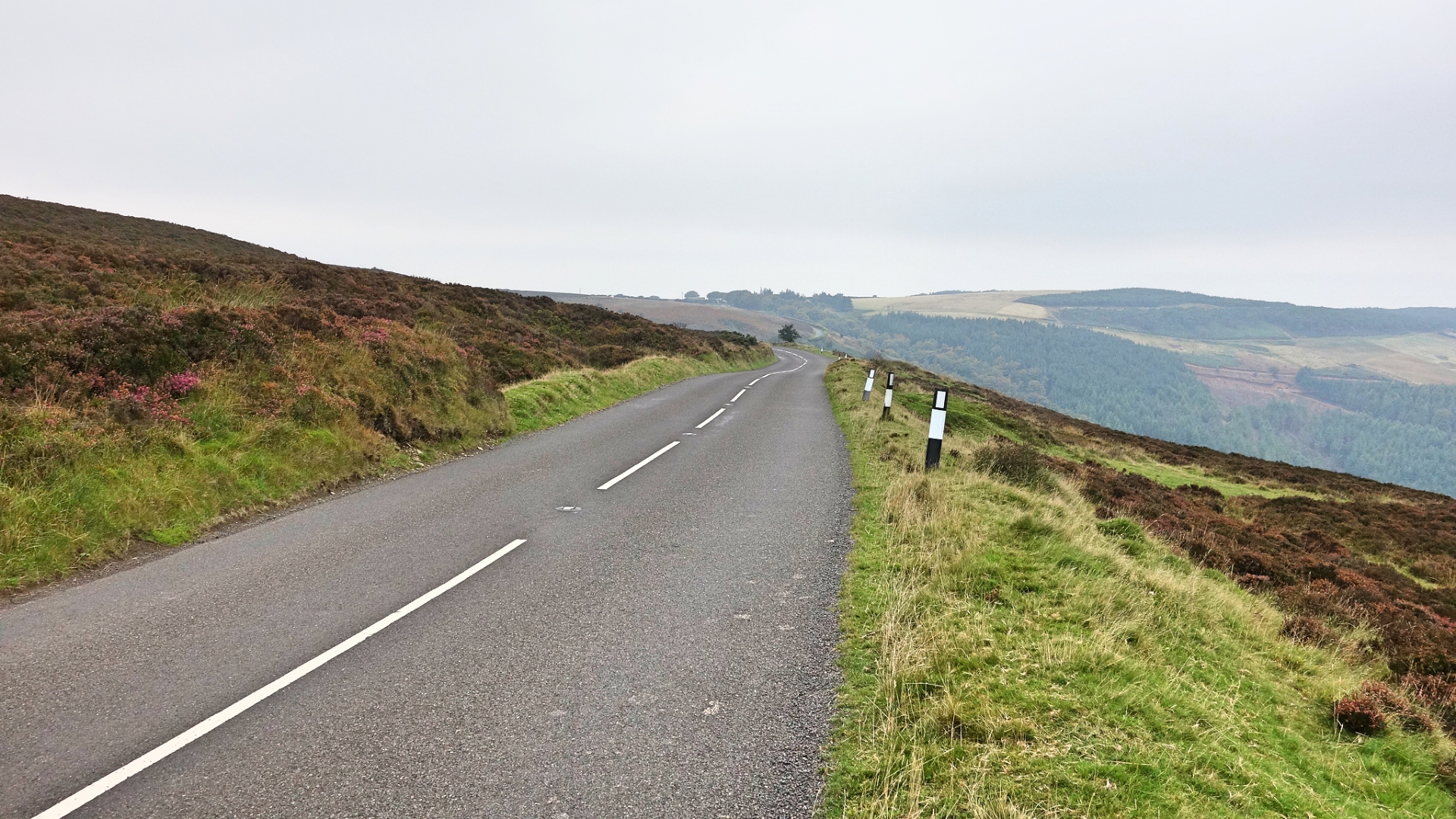
However, what makes Somerset’s toughest climbs so enticing is the multiple ways you can scale the surrounding hills, from the Mendips in the north east to the Quantocks in the south west, and even in the Cranborne Chase in Dorset.
Read on to discover which hills we think will appeal to the rider looking for the hardest and steepest around, covering the counties of Somerset and Dorset.

